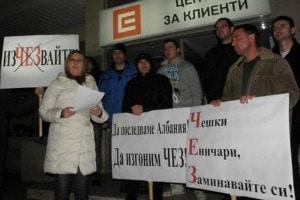The Bulgarian Ombudsman Diana Kovacheva sent a letter to the Deputy Prime Minister and Minister of Finance Asen Vassilev, the Minister of Social Affairs Georgi Gokov and the Chairman of the Parliamentary Committee on Labor, Social and Demographic Policy Iskren Arabadjiev, warning that more than 24 NGOs providing social services assistance because they cannot cover their costs for electricity, natural gas and salaries. This was announced by the press center of the public defender.
Thus, in practice, the normal functioning of this type of service is threatened and there is a real risk of deteriorating support for thousands of vulnerable people.
Kovacheva emphasizes that the organizations are worried because the approved Standards for the activities delegated by the state with natural and value indicators in 2021, as well as the implemented projects under the Operational Programs, do not provide for an increase in electricity and natural gas prices turn out to be extremely insufficient for the normal functioning of social services. And the received compensations of BGN 110 per megawatt-hour were granted only for October and November last year, but not for the following months.
Another problem with the financing of the activities is the lack of funds set aside to cover the costs and increase the salaries from January 1, 2022 of those working in the social sphere, as provided by the Ordinance on the standards for remuneration of employees provision of social services financed from the state budget.
“The current standards do not provide the necessary funds, and the high prices of electricity and natural gas do not allow for redistribution of funds in other areas, including the updating of salaries,” said Diana Kovacheva. She adds that there is a real risk that a significant number of employees will leave the system or file lawsuits against service providers for non-compliance with their legal obligations.
“Users of social services over the age of 18, whose charges for January 2022 will already be calculated on the basis of new electricity and natural gas prices, will also be seriously affected. This means that there will be an increase in fees with between 30% and 40%, which will be an unbearable burden for vulnerable people, such as people with disabilities and low-income older people, “the ombudsman said.
That is why Kovacheva insists on urgent actions to ensure the normal functioning of social services and guarantee the rights of both users and those working in the system.





